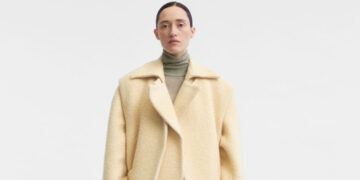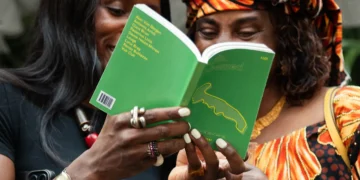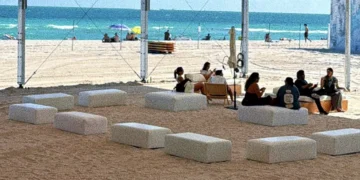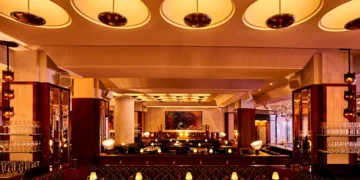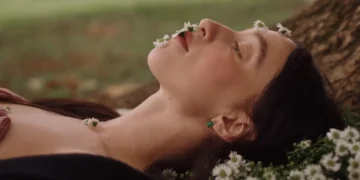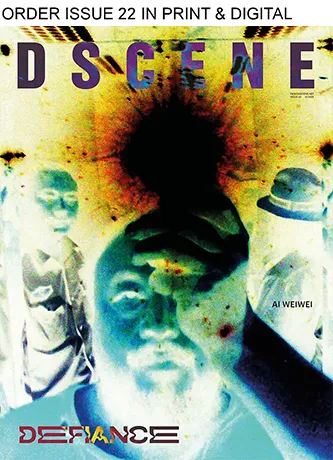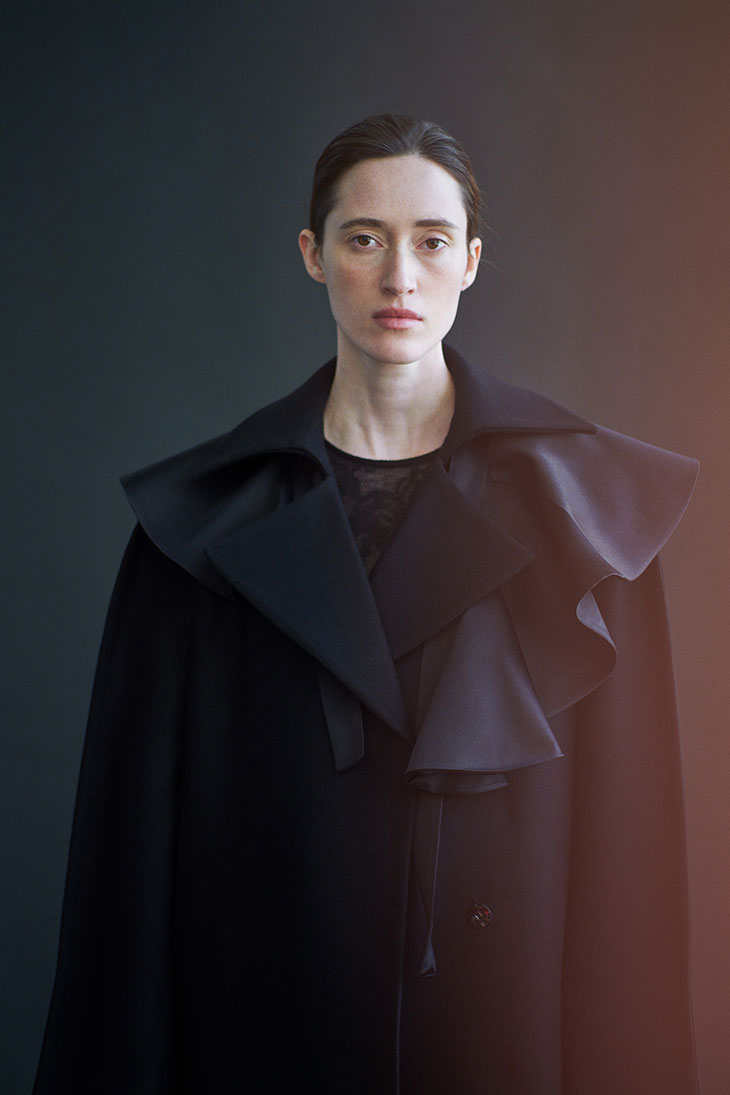
In a world where fashion and sustainability are often seen as parallel paths, BITE Studios stands as a striking example of their potential harmony. Founded in 2016 by the dynamic duo of Veronika Kant and William Lundgren, who are not only business partners but also partners in life, BITE Studios (an acronym for ‘By Independent Thinkers for Environmental Progress’) has been redefining the world of eco-conscious fashion.
INTERVIEWS
In this exclusive interview with DSCENE Magazine’s editor Katarina Doric, Kant and Lundgren talk about their journey from finance professionals to fashion innovators, discussing how their Scandinavian roots have deeply influenced their design ethos. Embracing organic fabrications and championing sustainable luxury, they share insights on the evolution of BITE Studios and its commitment to the modern, environmentally conscious woman.
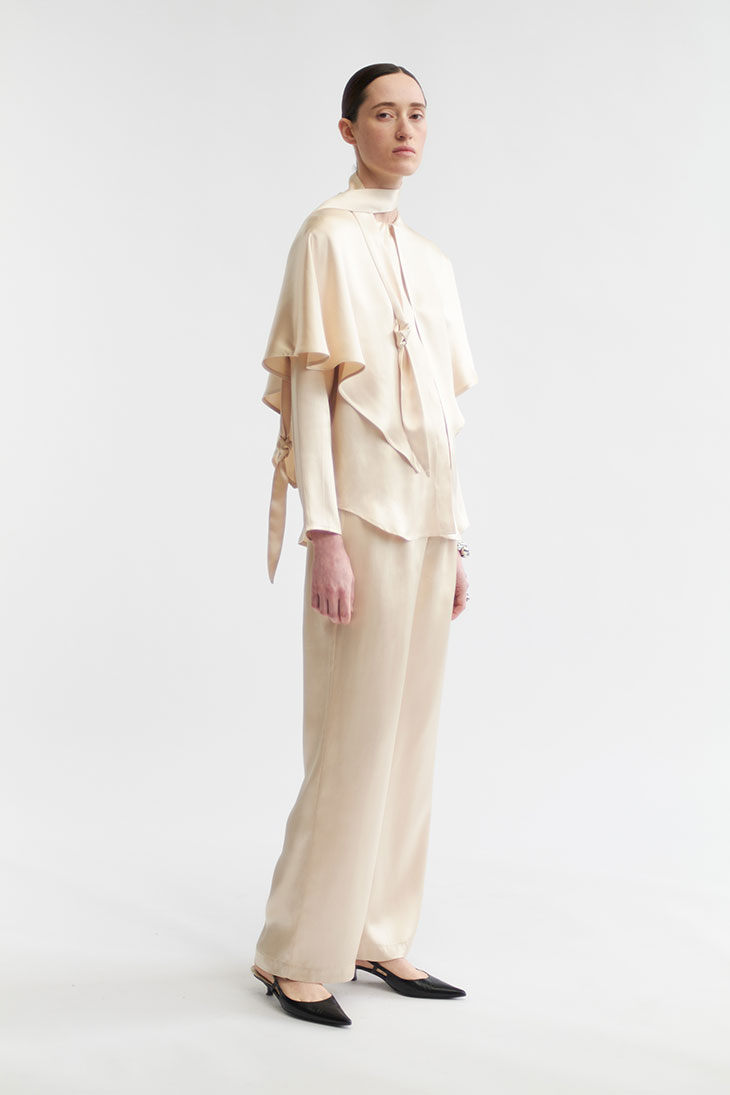
BITE Studios stands at the intersection of sustainability and luxury. How do you balance these two aspects in your design and production processes?
Veronika Kant: Sustainability and luxury are really closely woven together for us. In our design process we always start with our materials library where we use 98% organic, recycled, and responsible materials. Naturally, fabrics that are made this way have a more luxurious feel and last longer compared to polyester and other materials that contain plastic such as polyester.
William Lundgren: When we started BITE, we wanted to create a brand for people who care deeply about the environment but also love great design and luxury.
Sustainability is the priority for us, so whatever we need to do to move towards our goal of using 100% responsible materials, we will.
With 98% of your collections made from organic and low-impact materials, what criteria do you use to select these materials, and how do they influence your design aesthetics?
VK: Chemical pollution, land use, water use, energy consumption, and waste production are all issues to take into account when selecting materials. When we say something is low impact, we mean that we’ve made choices that consider all these factors.
View this post on Instagram
Could you elaborate on the philosophy of ‘By Independent Thinkers for Environmental progress’ and how it informs your collective’s creative and operational decisions?
WL: We know that all industries need to adjust to the realities of climate change and through BITE we are trying to develop the model that the fashion industry can use to make these necessary changes. Sustainability is the priority for us so whatever we need to do to move towards our goal of using 100% responsible materials we will.
How do BITE’s origins in Sweden’s north and west coast influence the brand’s ethos and the designs you create?
VK: Coming from a place that is so interconnected with nature, it would be impossible to start a brand that does not take inspiration from the natural world. We also feel a responsibility to protect our environment. When we came to the city, we were shocked at the lack of connection to nature, so we started BITE to change that.
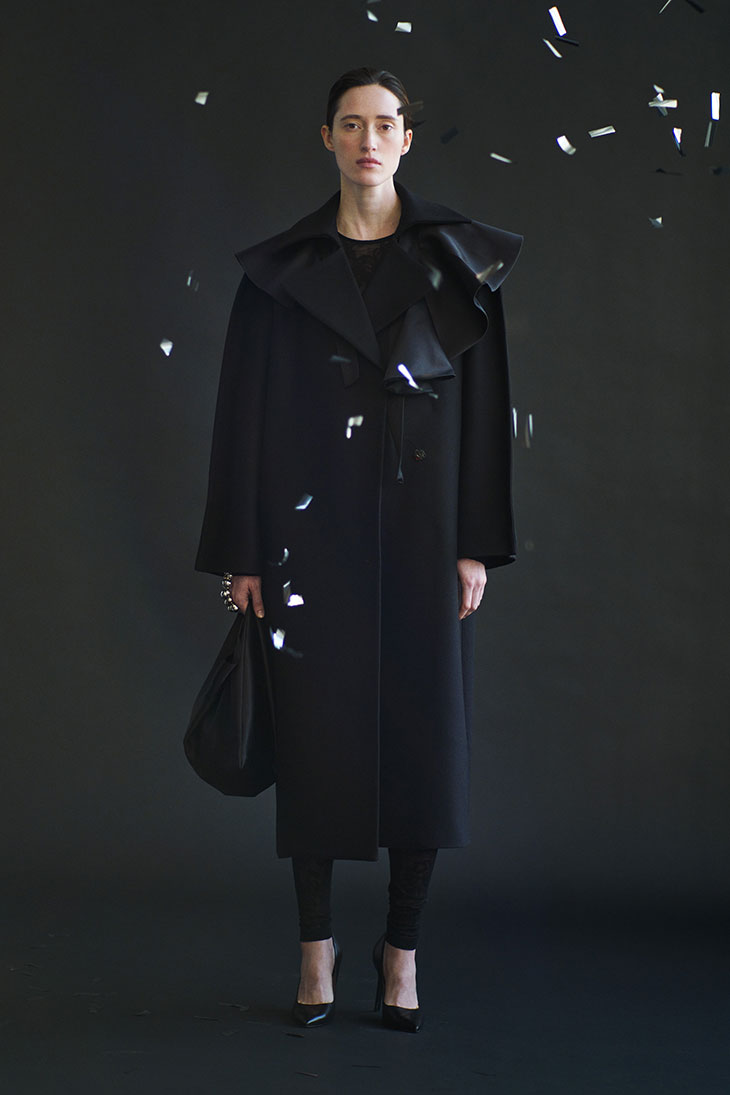
BITE places a strong emphasis on organic fabrications, especially silks, cottons, and wools. Why these materials in particular, and how do they align with your sustainability goals?
WL: Material production accounts for most of the fashion industry’s emissions occur. Most brands rely heavily on polyester and other oil-based materials which are massively harmful to the environment. BITE is committed to using organic materials because they are more sustainable. For example, organic cotton emits half the CO2 than conventional cotton and needs almost half as much water.
Can you walk us through your creative process, from the initial concept to the final product? How do sustainability considerations play a role in this journey?
WL: We always start with our materials library which allows us to concentrate on our environmental goals. Then we move on to the design process; we make all our samples and prototypes in Stockholm to minimize shipping waste. Finally, we work with some amazing craftspeople in Italy and Portugal to produce the final product.
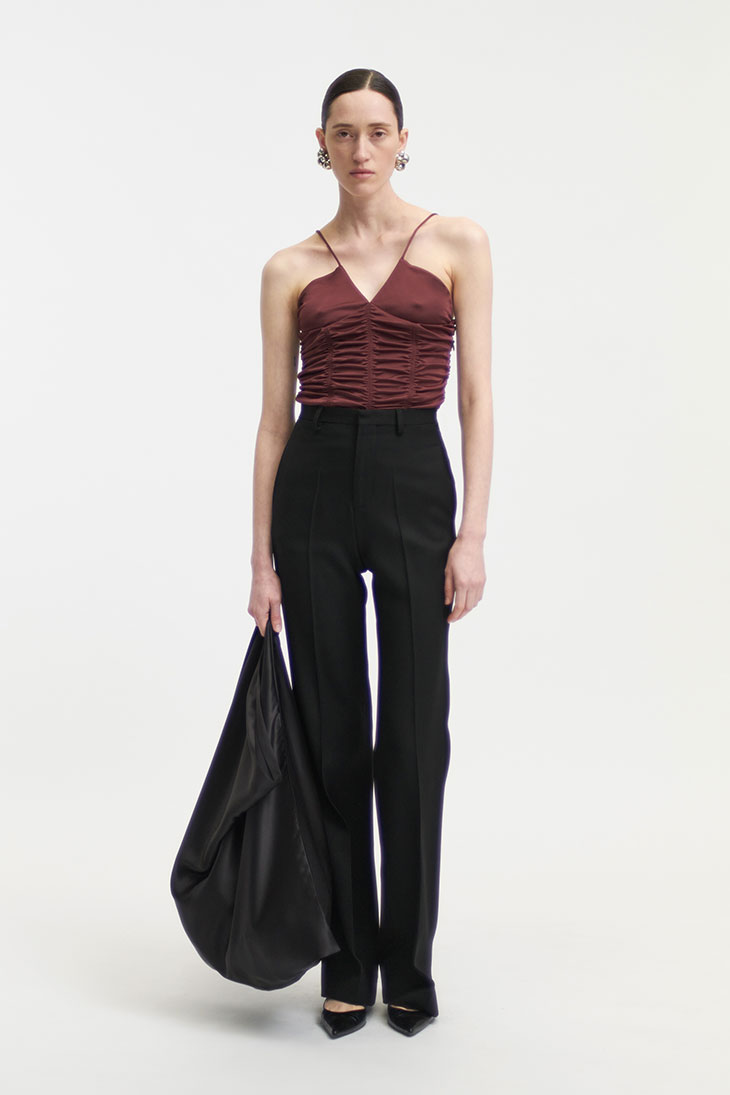
With your products made in Italy and Portugal and distributed globally, how do you maintain consistency in quality and sustainability across different geographies?
VK: We have a great relationship with our suppliers in Italy and Portugal because we share a commitment to the environment, so we are in constant dialogue with them throughout the process. We also produce our samples in Stockholm when designing a collection to minimize the back and forth.
It is also very important to us that brands that do take on sustainability goals do it in a real and meaningful way rather than just greenwashing. We’ve spent a lot of time and thought on our process, so we encourage other brands to do the same.
How do you engage your customers in your journey towards sustainability? In what ways do you educate or involve them in this process?
WL: We are very proud of our buy-back program because it encourages the customer to think about the lifecycle of their clothes. We buy back BITE pieces that the customer no longer wants and give them a 20% refund. The second-hand clothes are then either recycled for the material or are resold on our website. By promoting this we hope people will start thinking about the whole life of their clothes and that will hopefully lead to more conscious purchasing habits.
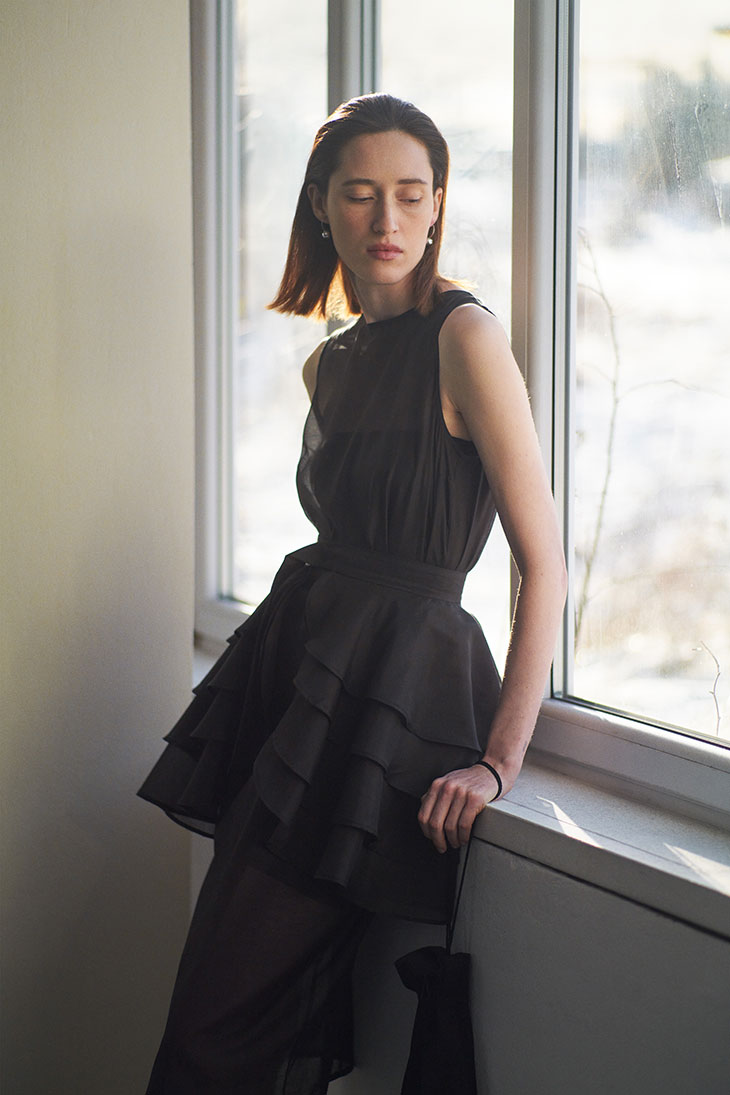
Does prioritizing sustainability ever pose a challenge to your design ambitions? How do you navigate any such constraints?
VA: Our commitment since day one has been creating beautiful designs that are responsible with the environment. Our aim is to reach 100% luxury, organic, recycled, and responsible materials in our designs without compromising on design, so we put all our efforts into finding the right balance between aesthetics and values. We’re proud to say that we’re currently at 98%, but we’re constantly innovating and working together towards our goal. We take a lot of inspiration from the naturally beautiful properties of our fabrics and try to always highlight those.
What are your thoughts on the future of sustainable fashion? How do you see BITE Studios contributing to this evolving landscape?
WL: We’re excited to see that many brands are thinking more about sustainability and working towards it. When we started in 2016, we set out to create a new model for the way the industry could and should operate so if more brands want to take this on, we couldn’t be more thrilled. Focusing on the materials production is key because that is where the majority of emissions occur so innovations in that space is most important.
VK: It is also very important to us that brands that do take on sustainability goals do it in a real and meaningful way rather than just greenwashing. We’ve spent a lot of time and thought on our process, so we encourage other brands to do the same.
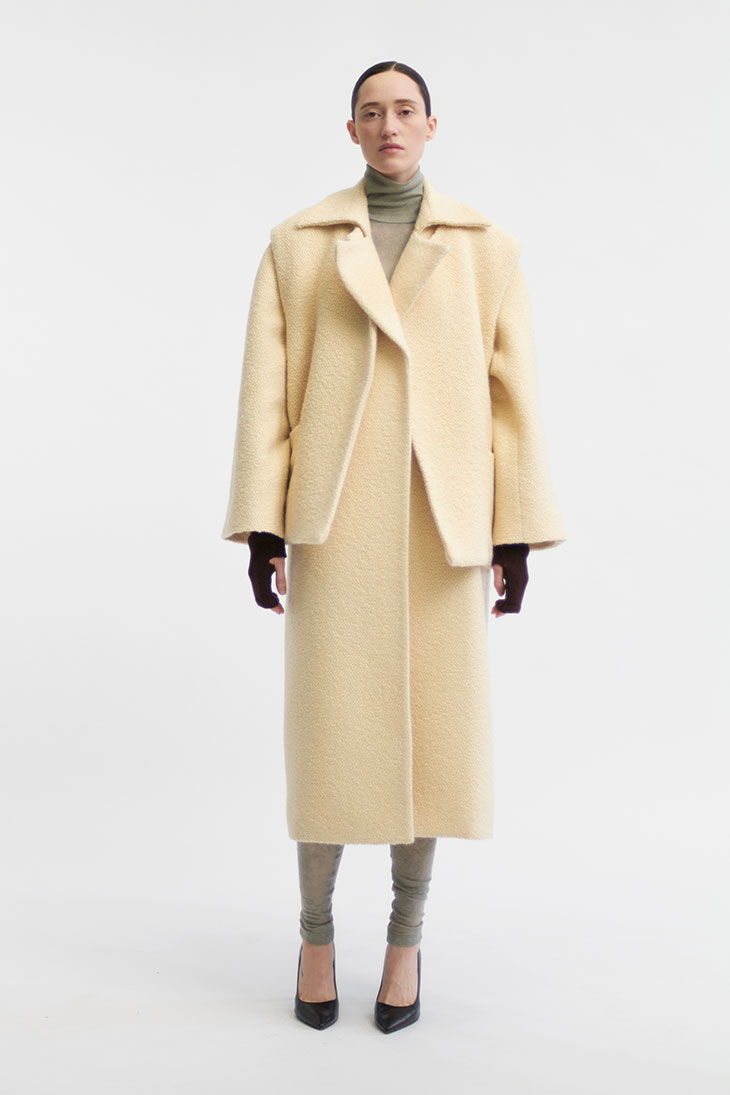
What advice would you give to emerging fashion brands looking to integrate sustainability into their core values?
VK: We always try to look at the entire life cycle of a garment so I would say to start at the beginning. The industry as a whole needs to work on transparency at all stages of product creation, which is why we place such an emphasis on materials. Selecting materials that are organic, require less water to produce, are recycled and biodegradable, and responsibility sourced ensure that the design process remains ethical and sustainable. Also, by making sustainability a part of the core values as a brand and sticking to that, you will naturally create a better and more authentic product which is always the goal.
Are there any upcoming projects or initiatives at BITE Studios that you’re particularly excited about?
WL: We’re always working on reaching 100% approved materials in our designs. The remaining 2% is largely due to our use of elastane for comfort, which is difficult to replace with a recycled or responsible alternative. To us, this challenge is an opportunity to innovate, which is what we’ve set out to do since the founding of BITE.
